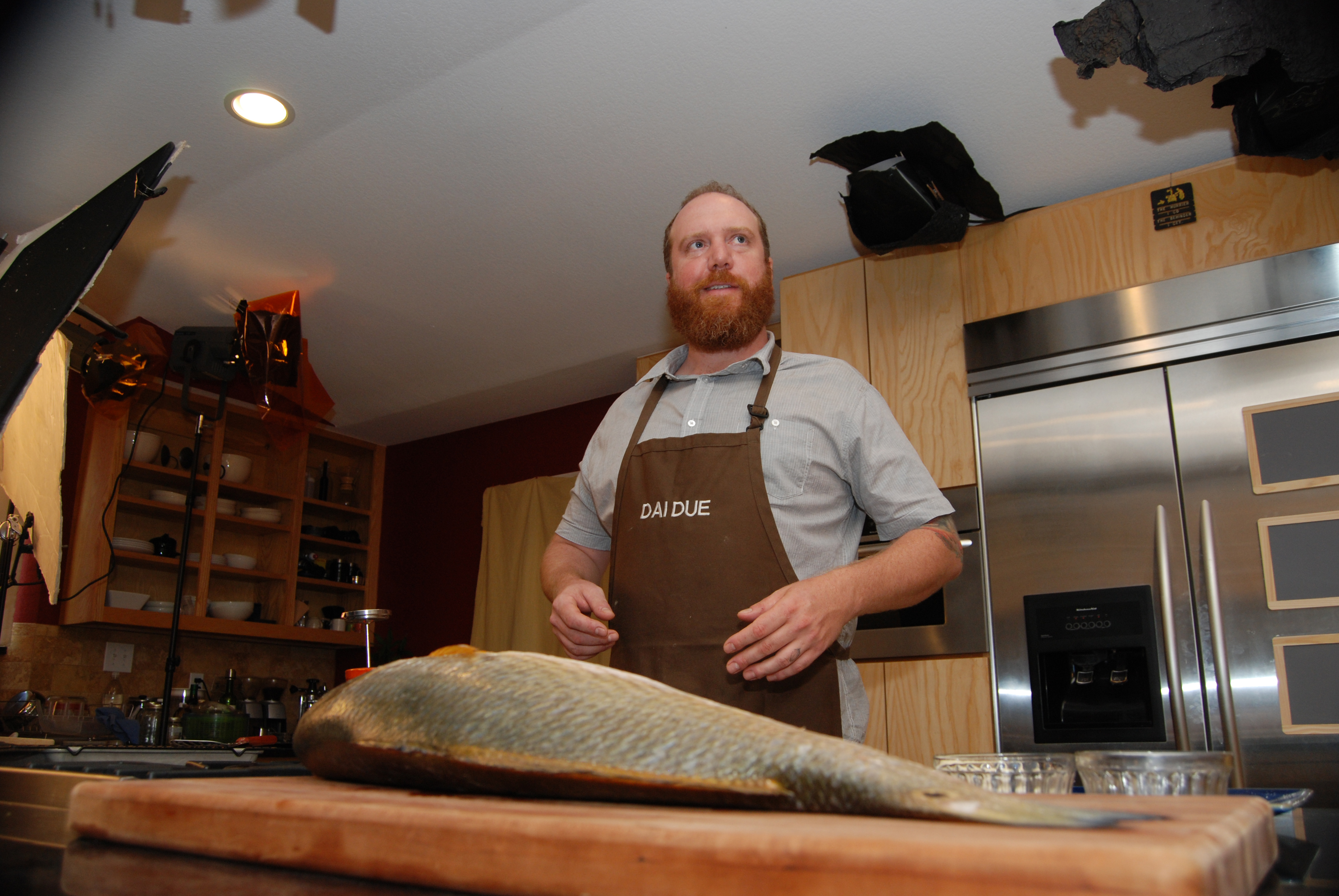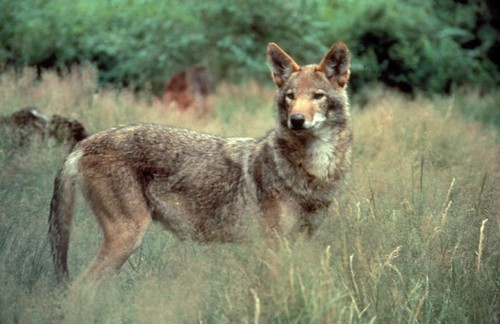
Chef Cindy Haenel, photo by Cecilia Nasti, www.fieldandfeast.com
This is Passport to Texas with support from the Wildlife and Sport Fish Restoration Program
If you’re tired of turkey leftovers already, maybe you can find a fishing hole and reel in something tasty during your Thanksgiving break. Chef Cindy Haenel says there’s nothing like catching your own dinner.
09—It’s fabulous. I know exactly how old that fish is, when it came out of the water and how long it’s been dead. And that’s important with fish especially. Fresh is always best.
Cindy is a chef instructor at Central Market in Austin. She and her husband Ken are avid anglers.
08—I love the saltwater as well as freshwater. But the saltwater you have more variety. You never know what you’re going to pull up. It’s exciting – like Christmas morning.
Immediately put your catch on ice, and if there’s a cleaning station on shore, consider doing the dirty work there. Chef Cindy says be careful not to overcook your fresh fish.
22—Most people, if they don’t like the taste of fish, it’s probably because they’ve overcooked it. And, as it cooks, and the oil of the fish starts to come out of the flesh, it burns very, very quickly. So, if you will under cook your fish, or protect that fish with either a salt crust, or even if it just has a little butter, or some kind of fat on the outside it still protecting that fish while it’s cooking.
Find fish recipes from Chef Cindy as well as a link to the Fish Texas e-Newsletter at passporttotexas.org…
The Wildlife and Sport Fish Restoration Program supports our series and works to increase fishing and boating opportunities in Texas.
For Texas Parks and Wildlife…I’m Cecilia Nasti.
______________________________________________
Salt Crusted Whole Fish
Ingredients:
3 egg whites
2 cups sea salt
2 cups all-purpose flour
3 tablespoons chopped Italian parsley
1/2 cup water
1 (2 1/2-pound) fresh whole white fish, such as striped bass
2 tablespoons julienned sun-dried tomatoes
1 tablespoon chopped kalamata olives
2 tablespoons chopped artichoke hearts
2 slices lemon, sliced in half, plus more for garnish
1 tablespoon minced garlic
1/2 teaspoon freshly cracked black pepper
Directions:
Preheat the oven to 400 degrees F. Line a baking sheet with parchment paper, trimmed to extend 3-inches in diameter around outside of the fish.
In a medium bowl, combine the egg whites, sea salt, flour, parsley and 1/2 cup of water. Mix with your hands until a thick paste forms.
Fill the cavity of the fish with the sun-dried tomatoes, olives, artichoke hearts and lemon slices. Rub the exterior of the fish with the garlic, then sprinkle with parsley and freshly ground black pepper
Put the fish on the parchment lined baking sheet. Mound the salt paste evenly over the entire fish. Press the mixture firmly down to the baking sheet, being careful to seal any cracks.
Bake the fish until the crust is golden brown and very firm, about 18 to 20 minutes.
Slide the parchment and fish onto serving platter or cutting board and crack the crust with a handle of a large knife. Slide a spoon under the top fillet, over the spine, and lift it to a serving platter. Turn over and repeat. Garnish with lemon slices and serve immediately.
Serves 2







 Passport to Texas is a
Passport to Texas is a  Passport to Texas is made available by:
Passport to Texas is made available by: